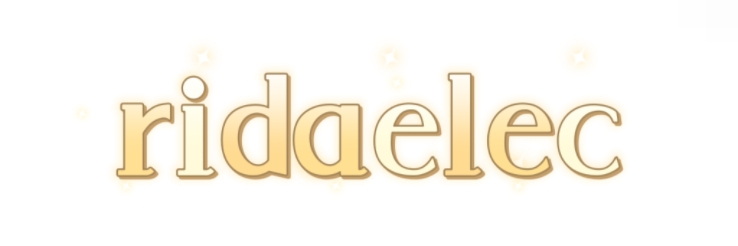Are Line Post Insulators the Future of Efficiency?
In the quest for energy efficiency and sustainability, the electrical industry is constantly evolving. One innovation that is capturing the attention of engineers and sustainability advocates alike is the line post insulator. These components, often overshadowed by their more prominent counterparts, are emerging as crucial players in enhancing the performance of power transmission systems.
Want more information on line post insulators? Feel free to contact us.
Line post insulators serve as insulators for power lines, effectively separating the conductor from the supporting structure. Traditionally, they have been an essential component in maintaining safety and reliability in electrical networks. However, as the demand for energy grows and the push for greener technologies intensifies, it’s crucial to understand their role in shaping future electrical infrastructure.
One of the most significant advantages of line post insulators is their capacity to improve the overall efficiency of power transmission. By minimizing energy losses due to leakage and ensuring that lines remain insulated even in adverse weather conditions, these insulators help maintain a stable flow of electricity. The better the insulation, the less energy is wasted, meaning that utilities can deliver more power with fewer resources. This not only benefits the end-user through potentially lower energy costs but also aids in the larger goal of reducing carbon footprints.
Furthermore, the advancements in materials technology have led to the development of high-performance line post insulators. Materials such as polymer composites and advanced ceramics have revolutionized the insulator market. These materials not only withstand greater mechanical stress but also offer improved resistance to environmental factors like UV exposure, pollution, and moisture. By using materials that last longer and perform better, utilities can reduce maintenance costs and extend the lifespan of their infrastructure, ultimately creating a more efficient and sustainable energy grid.
Another essential aspect of line post insulators is their role in integrating renewable energy sources into the existing grid. As solar and wind farms proliferate, the need for reliable grid infrastructure becomes more acute. Line post insulators can play a crucial role in supporting the increased load and varying voltage levels associated with renewable energy generation. They contribute to a more resilient electrical grid, capable of handling the fluctuations inherent in renewable energy production. This integration allows for a reduction in reliance on fossil fuels, paving the way for a cleaner energy future.
Moreover, line post insulators can also contribute to enhancing system resilience during extreme weather events. As climate change leads to an increase in the severity of storms and other environmental challenges, the need for robust electrical infrastructure has never been more apparent. The use of enhanced line post insulators can mitigate damage during these events, reducing the likelihood of outages and ensuring that critical services remain operational even in adverse conditions. By upgrading existing systems with modern line post insulators, utilities can better prepare for these challenges and improve their overall service reliability.
However, as with any technological advancement, it is essential to address the challenges associated with the adoption of line post insulators. The transition to new materials and technologies requires initial investment, training for personnel, and adequate research into performance metrics. Utilities need to collaborate closely with manufacturers, engineers, and government regulatory bodies to establish standards that ensure safety, performance, and cost-effectiveness in deploying these insulators widely.
Furthermore, the comprehensive benefits of line post insulators extend beyond just technical performance. The implementation of innovative insulator technologies underlines a commitment to sustainable practices in the energy sector. Companies that prioritize the use of advanced line post insulators can enhance their reputational value and appeal to environmentally-conscious consumers and investors. This aligns their operational goals with global sustainability efforts, fostering a culture of responsibility and forward-thinking.
The future of electrical efficiency hinges on our ability to adapt and innovate. As we stand at the crossroads of traditional power transmission systems and modern grid solutions, line post insulators have the potential to be a cornerstone of this evolution. With their array of benefits—from enhanced efficiency and reduced maintenance costs to improved resilience and renewable energy integration—these insulators can pave the way for a smarter, greener electrical grid.
As stakeholders in the energy sector, we must embrace these advancements and advocate for their implementation. The success of our global efforts to combat climate change and promote sustainable practices hinges on our willingness to adopt efficient technologies, and line post insulators represent a significant step toward achieving that goal. By harnessing the potential of these insulators, we’re not just investing in a better electrical system; we’re investing in a sustainable future for generations to come.
In conclusion, line post insulators are much more than just components of an electrical system; they are a testament to our collective commitment to efficiency, reliability, and sustainability. As we continue to innovate and adapt, let us champion these technologies as essential tools in the powerful transformation of the energy landscape.
Are you interested in learning more about ceramic insulator types? Contact us today to secure an expert consultation!


